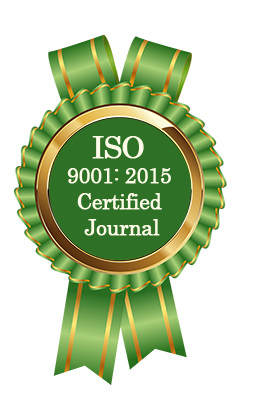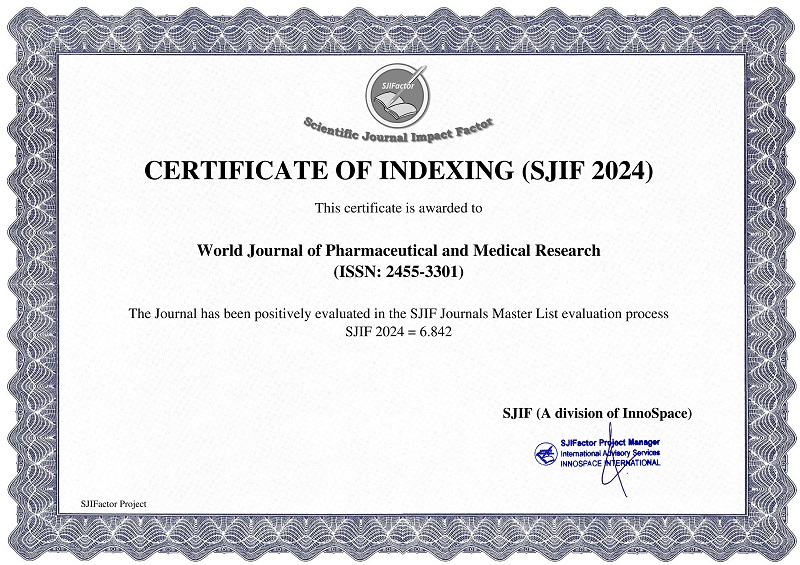A REVIEW ON PREVENTION AND TREATMENT OF AIDS
*Pallavi R. Kuntal, Madhuri P. Wagh, Gajanan M. Jawalkar and Dr. Harigopal S Sawarkar
ABSTRACT
The retrovirus known as HIV is the cause of acquired immune deficiency syndrome (AIDS), a disorder in which a person’s CD4+ cell count drops below 200 cells/µl and their immune system starts to malfunction, resulting in potentially fatal infections. The sexual transmission of HIV, which causes AIDS, is linked to numerous factors. Sexual contact, contact with bodily fluids or tissues that are infected, and vertical transmission—transmission from mother to child during pregnancy, delivery, or breastfeeding—are the three main ways that HIV is spread. HIV prevention and control initiatives must therefore heavily rely on AIDS and sexually transmitted disease (STD) preventive strategies. Conditions that do not typically arise in people with healthy immune systems are the main cause of AIDS symptoms. The majority of these illnesses are opportunistic infections brought on by bacteria, viruses, fungi, and parasites that are often managed by the immune system components that HIV compromises. Alternative medicine, opportunistic infections, and antiretroviral medication can all be used to manage AIDS. An update on HIV origins, HIV infection stages, transmission, diagnosis, prevention, and care is provided in this article.
[Full Text Article] [Download Certificate]



